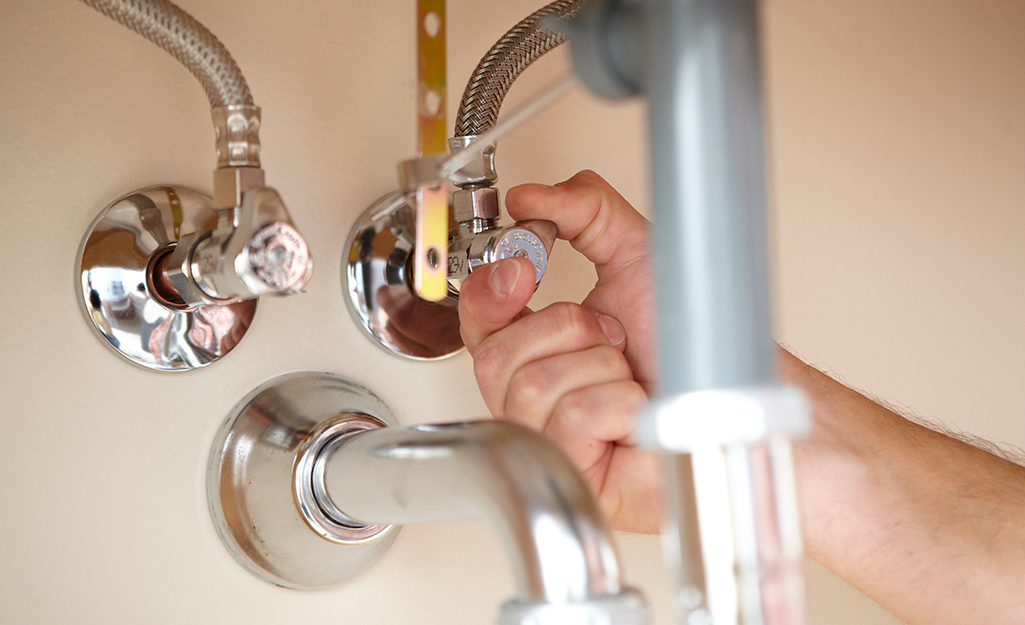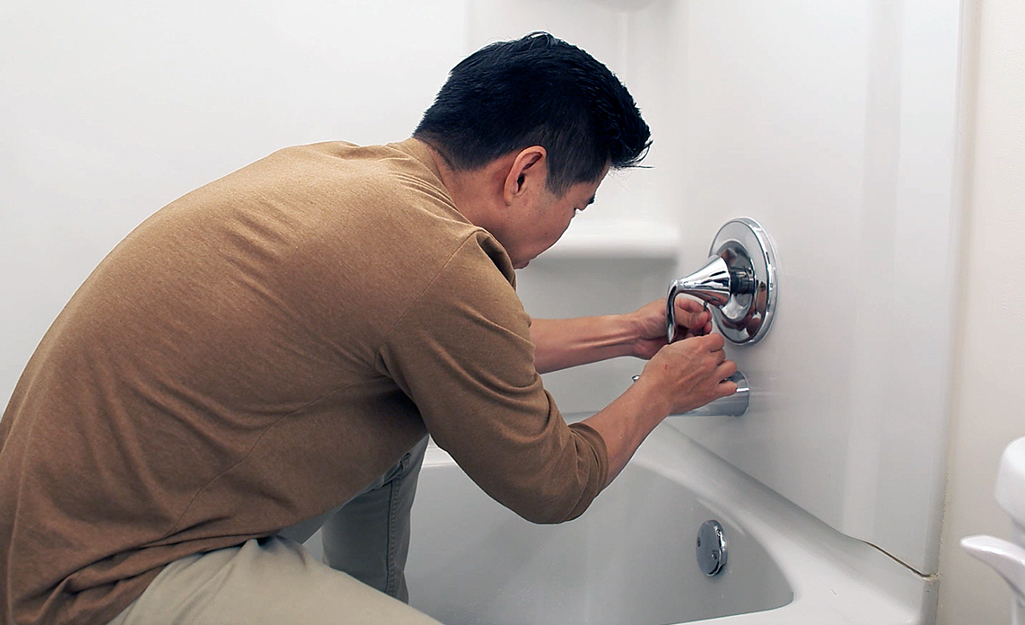Which It's Vital to Mend a Malfunctioning Faucet
Which It's Vital to Mend a Malfunctioning Faucet
Blog Article
Were you interested in additional info around Water Dripping from Faucet: Why and How to Fix?

Dripping taps might seem like a minor aggravation, but their effect surpasses just the nuisance of the noise. From wasting water to incurring unneeded economic costs and health and wellness dangers, neglecting a trickling faucet can result in different repercussions. In this post, we'll look into why it's essential to address this usual household problem immediately and successfully.
Wastefulness of Water
Ecological Influence
Dripping faucets contribute significantly to water waste. According to the Epa (EPA), a single faucet dripping at one drip per secondly can squander greater than 3,000 gallons of water per year. This not just strains water resources yet also impacts ecosystems and wildlife depending on them.
Financial Costs
Boosted Water Costs
Past the environmental impact, leaking taps can inflate water bills significantly. The collected wastefulness with time translates into higher utility costs, which might have been prevented with timely repair work.
Prospective Building Damages
Additionally, prolonged dripping can lead to harm to fixtures and surfaces bordering the tap. Water accumulation can trigger discoloration, deterioration, and also structural issues if left unattended, resulting in added repair service costs.
Wellness Concerns
Mold and Mildew Growth
The consistent presence of moisture from a dripping tap creates a suitable atmosphere for mold and mildew growth. These fungis not just endanger interior air high quality however also pose wellness dangers, particularly for individuals with respiratory system problems or allergies.
Waterborne Conditions
Stationary water in dripping taps can become a breeding place for germs and various other microorganisms, increasing the threat of waterborne diseases. Contaminants such as Legionella microorganisms flourish in stationary water, potentially causing serious ailments when ingested or breathed in.
DIY vs. Expert Repair
Benefits and drawbacks of DIY Repair Work
While some might try to repair a trickling faucet themselves, do it yourself repair work come with their very own collection of obstacles. Without appropriate expertise and tools, DIY efforts can intensify the problem or bring about insufficient repair work, extending the issue.
Advantages of Working With a Professional Plumber
Hiring an expert plumber guarantees that the underlying source of the trickling tap is dealt with effectively. Plumbing technicians possess the competence and devices to diagnose and repair tap issues efficiently, saving time and minimizing the threat of additional damage.
Step-by-Step Overview to Repairing a Dripping Faucet
Devices Required
Prior to attempting to fix a leaking faucet, gather the essential tools, consisting of an adjustable wrench, screwdrivers, substitute parts (such as washing machines or cartridges), and plumber's tape.
Common Tap Issues and Their Solutions
Identify the kind of tap and the particular problem causing the drip. Typical troubles include damaged washers, corroded shutoff seats, or damaged O-rings. Refer to maker guidelines or online tutorials for step-by-step support on repair services.
Safety nets
Routine Maintenance Tips
To prevent dripping taps, carry out routine upkeep such as cleansing aerators, inspecting for leaks, and replacing worn-out parts quickly. Furthermore, think about installing water-saving devices or upgrading to much more efficient fixtures.
Importance of Prompt Services
Addressing trickling taps as soon as they're discovered prevents more water wastefulness and prospective damage, eventually saving both water and cash over time.
Effect On Property Value
Perception of Well-Maintained Home
Preserving a home in good condition, consisting of addressing upkeep problems like leaking taps, improves its viewed value and value amongst possible customers or occupants.
Impact on Resale Value
Residences with well-kept plumbing fixtures, consisting of taps, command higher resale values in the property market. Addressing dripping faucets can add to a positive impact during property evaluations and settlements.
Ecological Obligation
Private Payment to Preservation
Taking obligation for dealing with trickling taps lines up with wider efforts toward water preservation and ecological sustainability. Every individual's actions jointly make a significant impact on maintaining priceless sources.
Sustainable Living Practices
By focusing on punctual repair services and adopting water-saving habits, people contribute to sustainable living techniques that benefit both present and future generations.
Verdict
Attending to a dripping tap exceeds mere comfort; it's a vital action toward preserving water, minimizing economic expenses, and guarding health and wellness and property. Whether with DIY repair services or expert assistance, doing something about it to take care of dripping faucets is a little yet impactful way to advertise responsible stewardship of resources and contribute to a healthier, more lasting future.
How to Fix a Leaky Faucet: Step-by-Step Repair Guide
A leaky faucet may seem like a simple annoyance, but if it's not fixed promptly, that leak could cost hundreds to potentially thousands. From water damage to mold, mildew, and high water bills, even a tiny leak can be catastrophic if left unattended. Damage like this can even affect the overall value of your home, so it's important to take the right approach for leaky faucet repair. You may need the help of a plumber in some cases, but we've got a few tips you can try on how to fix a leaky faucet before calling the pros.
Four Faucet Types
When you're learning how to fix a leaky faucet, the first step is knowing what kind of faucet you're working with! There are four common types.
Cartridge Faucets
Cartridge faucets come in one- or two-handled varieties. In one-handled cartridge faucets, hot and cold water combines in a single cartridge. In the two-handled versions, hot and cold water are controlled separately and mixed in the faucet.
Ball Faucets
Ball faucets have a single lever you push up and down to adjust the pressure and rotate to change the temperature. A slotted metal ball controls the amount of water allowed into the spout.
Compression Washer Faucets
They're the oldest type of faucet, but they're still used in many homes — especially older ones. Compression faucets have two separate handles that, when turned, raise or lower the washer that seals a water valve. This valve stops water from flowing through the faucet when it is turned off.
Disc Faucets
Disc faucets rarely need to be repaired due to their maintenance-free design. The water flow is controlled by two discs — the upper one raises and lowers against a fixed lower disc, creating a watertight seal. If your disc faucet starts leaking, you may need to replace the seals or clean residue buildup from the inlets.
Fixing a Leaky Faucet
Step 1: Turn Off the Water
Whether you're learning how to fix a leaky bathtub faucet or how to fix a leaky kitchen faucet, always turn off the water supply to your working area when you're fixing a leak. The last thing you want is a flood added to your list of things to fix.
Look for the shutoff valves below your sink or around the tub and turn them clockwise to stop the water flow. If your faucet doesn't have shutoff valves, you may need to turn off the water for the whole house. Check to make sure it's off by turning the faucet on. If nothing comes out, you're ready to start the repair.
Step 2: Take Apart the Faucet
How you disassemble your faucet depends on the type of fixture you have. You can use a flathead screwdriver to remove the caps on top of the handle or handles for cartridge and compression faucets. Inside, you should see handle screws. Unscrew these with a screwdriver to remove the handle.
Disc- and ball-style faucets will typically have an inlet screw near the handle, and removing that will reveal the interior of the faucet.
Detach the Valve Stem
For cartridge- and compression-style faucets, you'll see the inner valve stem or cartridge once you remove the faucet handles. If you have a compression faucet, unscrew the brass valve stem. If you have a cartridge faucet, pull out the cartridge. If your cartridge has been in place for a while, it may require some tools or extra force to remove it due to mineral deposits.
Examine and Replace Parts
Once you've removed the parts, check them out to confirm what needs to be replaced. You may see corroded rubber washers, O-rings, stems, or cartridges. On a ball-style faucet, check the seats and springs for damage.
If you need to repair a leaky disc faucet, check the inlet and seals on the lower disc.
Once you determine what parts must be replaced, visit your local hardware store. Bring the damaged parts with you to ensure you can purchase the correct components to replace them.
Clean Valves and Faucet Cavity
If you've removed a stem or cartridge, you may notice mineral buildup in the faucet's threads. Use white vinegar to clean the valve seat by soaking it for a few minutes, then scrub it away with a soft toothbrush and rinse with warm water. You can also clean the interior of the faucet in the same way.
Reassemble the Faucet
Once your faucet is cleaned and the required parts have been replaced, it's time to reassemble it. Put the pieces back together and slowly turn the water supply back on. Doing this slowly is crucial because too much initial water pressure can damage the new hardware you've just installed.
https://homewarranty.firstam.com/blog/how-to-fix-leaky-faucet

Hopefully you liked our topic on Why Is It Important To Fix Your Leaking Tap/Faucet?. Thanks for taking time to browse our piece. So long as you liked our blog entry please consider to share it. Thank you for your time. Revisit us soon.
Report this page